
Rotate your tablet
for a better experience


Rotate your tablet
for a better experience
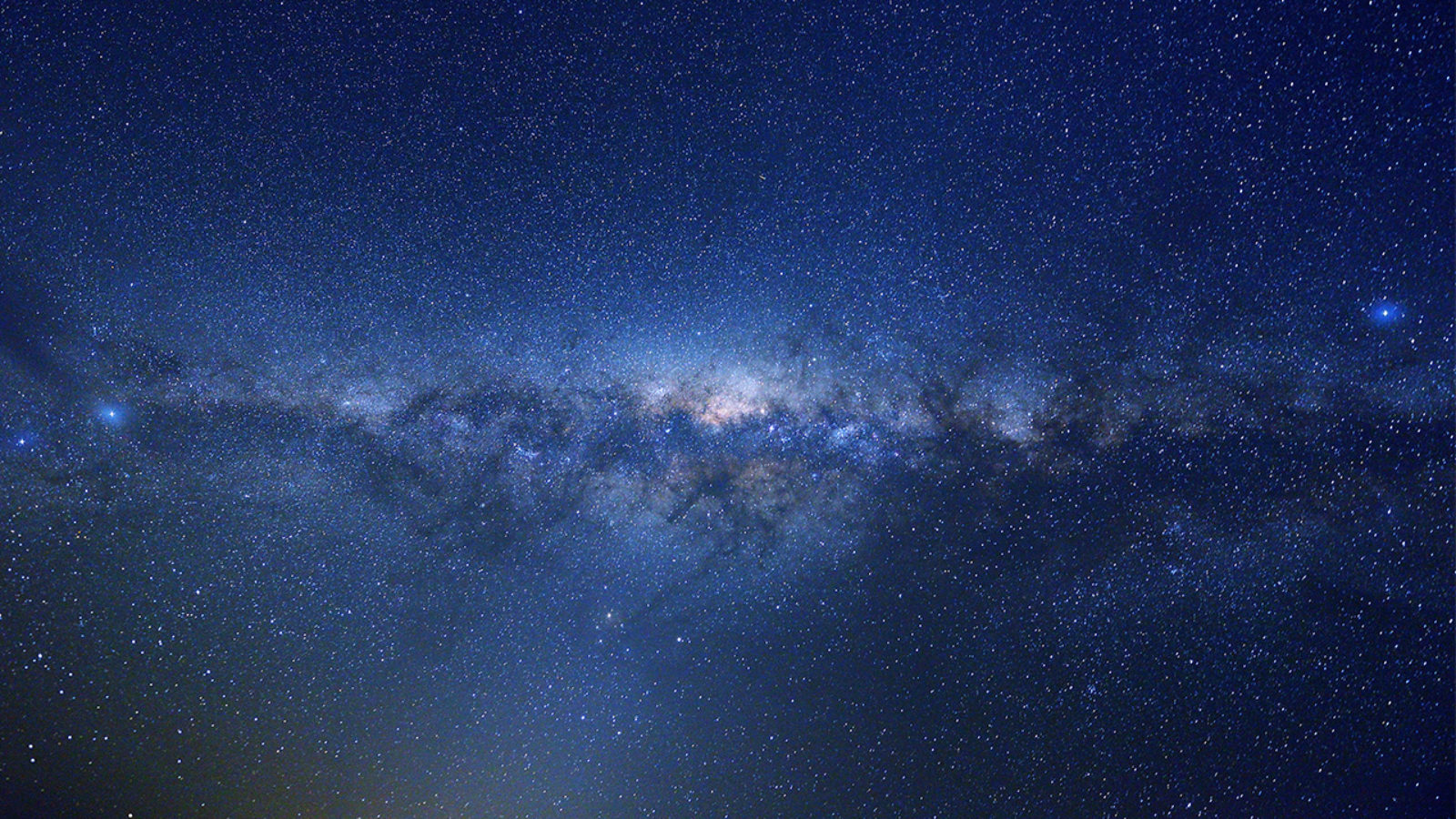
With over 350 devices in orbit representing more than 800 years of accumulated lifespan, Sodern is the world leader in the star tracker market. Since the first instrument was commissioned in 1974, Sodern has developed a wide range of star trackers to respond to market changes and has participated in numerous space programs.

Sodern’s latest-generation star tracker, Auriga is specially designed to meet the needs of the emerging satellite constellation market and the objectives of reducing costs, increasing production rates and technical performance. Ultimate result compared to traditional star scopes: reduced weight and volume by 10, price divided by a factor of 50 to 100, with guaranteed flight performance beyond 5 years.
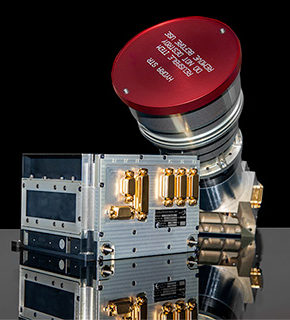
HYDRA is a multi-headed star tracker with optical heads and separate electronic units. Thanks to the treatment of several fields of vision, Hydra offers unmatched performance, robustness and reliability on the market.
HYDRA is available in different versions offering:
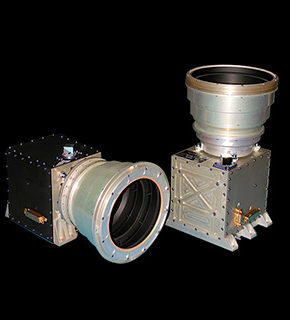
The SED 26 is a stand-alone star tracker with a strong flying experience, with over 100 specimens launched in low-Earth orbit and deep space missions, accumulating more than 400 years in orbit with a 100% success rate.
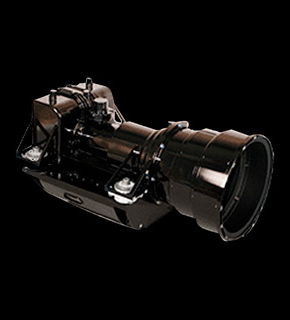
Reinforced star tracker, the SED20 has equipped the French M51 ballistic missile since 2006.
Sodern has a genuine and recognized expertise in Earth observation instruments as well as in scientific technologies embedded for both civil and military space programs:

Designed to meet the goal of increasing resolution, PLEIADES brings together the latest advanced technologies: Time Delay Integration (TDI), strip filters, structures and SiC (Silicon Carbide) mirrors. The use of 10 large CCD detectors in a very compact volume while supporting high thermal power is one of the main features of Pleiades with panchromatic detection and 4 spectral bands and the high resolution it offers: 30,000 pixels in panchromatic mode (PAN) and 7,500 pixels in color mode (XS).

Thanks to the two specific detection units DTA11 that equip the high-resolution stereoscopic instrument (HRS), the SPOT5 satellite has the capability to successively capture images forward and backward during its movement. Each detection unit consists of a single 12,000-pixel CCD detector and its analog electronics.

Main subassembly required for the implementation of very high resolution focal planes, the detection module allows the simultaneous capture of images at the front and at the back during the movement of the satellite. As a very high-tech element, it illustrates Sodern’s skills and know-how in:
– Sensor specifications and implementations,
– Cleanliness management,
– Delicate sets,
– Qualified bonding processes for space,
– Optics and strip filters
– Design and implementation of SiC (Silicon Carbide)
– Electronic Video
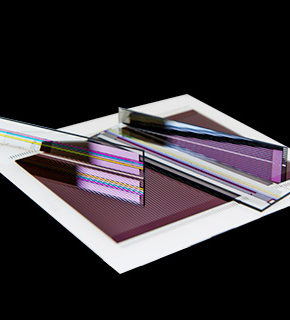
Strip filters are one of Sodern’s flagship technologies for high-performance Earth observation instruments. Designed to be assembled on detectors to form a multi-spectral detection module, strip filters offer high radiometric and spectral performance, high flexibility (design, spectral characteristics, number of channels) and high precision assembly.
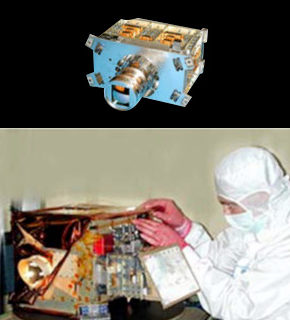
Based on its know-how and expertise in star trackers, Sodern has developed navigation cameras and rendezvous sensors that guarantee the reliability of the approach of spacecraft to precisely align their positions.

Rendezvous Sensors
The VDM is the key sensor to guide the automatic approach and stowage of the European Automated Transfer Vehicle (ATV) to the International Space Station (ISS). The VDM allowed the first three ATVs to be stowed: Jules Verne in April 2008, Johannes Kepler in February 2011 and Edoardo Amaldi in October 2012.
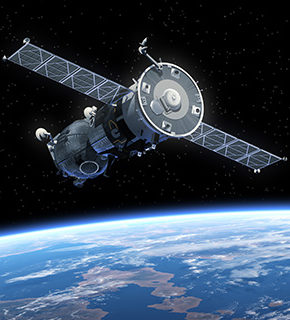
Rendezvous Sensors
Extension of satellites missions in operation in GEO or withdrawal of satellites debris in LEO are conditioned by the emergence of new sensors which will make it possible to realize reliable appointments towards satellites little or not collaborative. To meet these needs, Sodern has developed the ARAMIS Disruptive Rendezvous Sensor (Autonomous Multi-Mission Integrated Sensor), which will embark on innovative image processing for all phases of these missions, from long distance detection to the final approach.

SODERN’s expertise in a wide range of technical disciplines has led to the production of outstanding scientific equipment combining cutting-edge technologies in the fields of laser and optics, detection and electronics, Mechanical and thermal engineering.
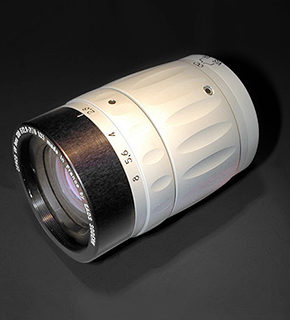
Cerco UV lenses are designed for intensified video cameras. They offer the best efficiency for capturing UV images with low UV light or as part of high-speed observation. Compared with a standard UV lens, the illumination on the sensitive area of an imager is 3 to 6 times higher.

Sodern has been involved in the development of scrambling windows since the early 1990s with the MERIS instrument onboard ENVISAT. Used for electro-optical instruments and especially spectrometers, the equipment makes it possible to avoid the effect of the polarization of light on the radiometric measurement. Sodern was selected for ESA and Airbus Defense and space for the development of the scrambling window of the Sentinel-4 UV-Visible-NIR spectrometer.
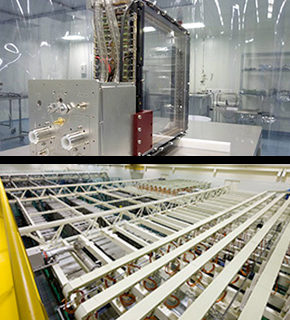
Major installation of the CEA Simulation program, the Megajoule Laser (LMJ) is used to study, on a small scale, the behavior of materials under extreme conditions similar to those encountered during nuclear weapon operation. Sodern supplies the Pockels cells installed in chains on the laser and allows modulating the luminous intensity.

As part of the Horizon 2020 European Research and Innovation program, Sodern is developing the optical switches that will be installed on the photonic communication satellite demonstrator by the end of 2018.

The seismometer is a mechanical oscillating device which makes it possible to measure the micro-displacements linked to the level of vibration to which it is subjected. Intended for the March planet, it is equipped with two micro mechanisms to compensate for the effects of temperature and gravity. Three seismometers are assembled under vacuum inside a hermetic sphere that will be placed on the surface of Mars. This device will measure the tectonic activity of the Mars planet, which will allow deducing information on its structure (core size, mantle thickness …) The impacts of meteorites will also be analyzed via the generated seismic waves.
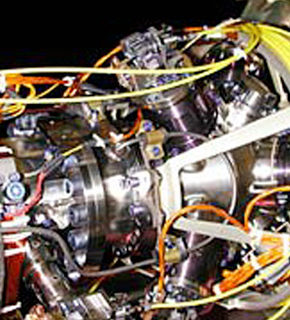
Atomic clock with cesium atoms implementing the principle of cooling of atoms by laser effect having earned its inventor, Claude Cohen Tanoudjik the Nobel prize of physics in 1996, Pharao is the main element of the European mission ACES (Atomic Clock Ensemble in Space) made up of several atomic clocks. Fixed outside the International Space Station, this set will measure the transition frequency of cesium atoms between two quantum states to determine time with an accuracy of one second over 300 million years, thus providing a Universal Time reference for the various scientific laboratories around the world.